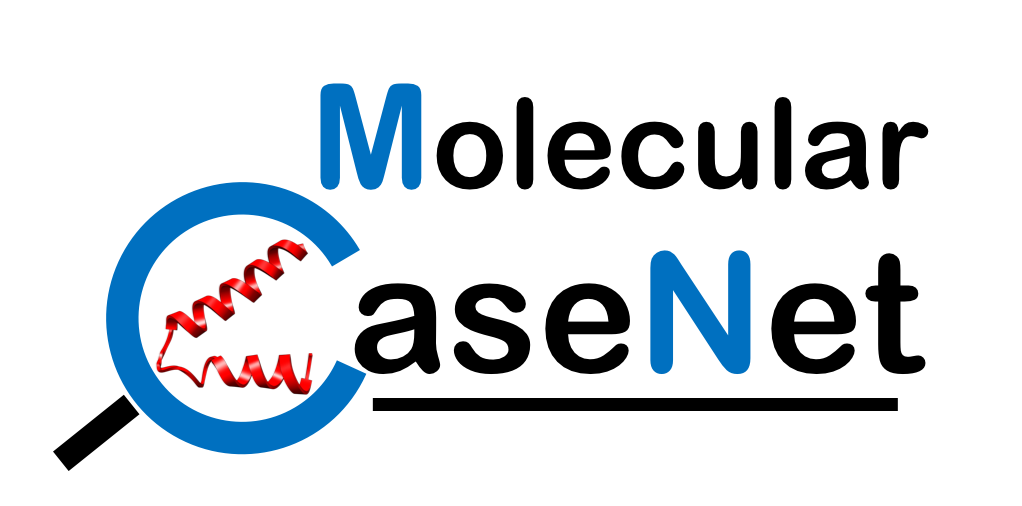1289 total view(s), 2457 download(s)
Happy blue baby_molecular case study_Answer Key.docx(DOCX | 3 MB)
Happy blue baby_molecular case study_Worksheet.docx(DOCX | 848 KB)
TeachingNotes-Happy Blue Baby-Spr2021_DVU.docx(DOCX | 20 KB)
- License terms
Description
Overview: This case explores the reasons for why an otherwise healthy infant turned blue, soon after birth. All tests done in the neonatal intensive care unit were unable to diagnose possible reasons for the cyanosis, so the infant was taken to a specialist. The case begins with reading a local newspaper report and an abstract of the scientific report describing how doctors were able to make a diagnosis. Molecular explorations in the case focus on understanding the structural basis of the cause, heredity, and long-term impact of the rare mutation identified in the infant.
Learning Objectives: The adaptation was developed for a lecture only large Introductory Biochemistry class as a second molecular case study on hemoglobin to practice exploration of chemical interactions that stabilize the structure and enable functions of biological molecules. using the PDB website to answer specific biochemical questions. For this adaptation there is no expectation for the students to have any knowledge on pedigree charts as they relate to hereditary diseases, but just a basic understanding that genetic information is stored in the DNA and a single base change can result in the coding of a different amino acid within a protein. The emphasis of this adaptation is the exploration of the interactions around the mutated amino acid and the resulting structural changes that impact oxygen binding. By the end of the case, students should be able to retrieve a specific protein structure from the PDB database and use the default 3D Viewer to explore molecular details of different components of the structure and make figures that clearly communicate functionally important structural observations.
Implementation: The case can was implemented as guided group work performed in zoom breakout rooms with student active participation monitored through google jamboard.
Notes
This adaptation preserves some of the additions that were introduced by the adaptation by Kassandra Riley (https://qubeshub.org/publications/1924/1) which brought in additional discussion points about the genetic basis for the described case while eliminating some of the deeper genetics discussions for students who might not be familiar with pedigree charts. The genetic discussion in this adaptation is limited to the students’ understanding of how genetic information coded in the is translated into a functioning protein.
To ensure that the case can be completed within a two-hour class period the focus is limited to understanding the molecular basis of cyanosis in the new born and its transient nature without any discussion on anemia or additional discussions on adult hemoglobin.
The main motivation for this adaptation was to provide a second molecular case study for students who have already completed the oxygen binding part of the Nicolas’s Story Case study focusing on hemoglobin that they would be expected to complete entirely on their own without any pre-class work. Also it was reworded and revised to be carried out on a synchronous virtual platform where students would be working in groups in zoom breakout rooms and recording their progress on google jamboards to enable course facilitators (undergraduate students who were already well versed in completing and writing molecular case studies) to oversee progress and join breakout rooms when needed to support further discussion or clarify any misunderstanding.
The final motivation was to have students keep using Mol* and get more comfortable looking at molecular details while they were already on a PDB protein structure site. (Original case and the adaptations used additional programs that students needed to learn)
Cite this work
Researchers should cite this work as follows:
- Vardar-Ulu, D. (2021). Happy Blue Baby. Molecular CaseNet Faculty Mentoring Network Spring 2021, QUBES Educational Resources. doi:10.25334/0T61-9383
